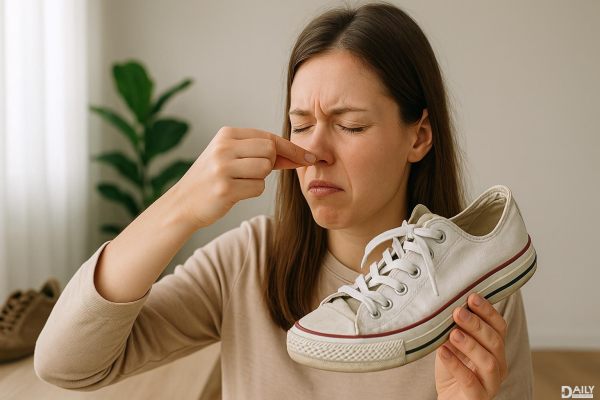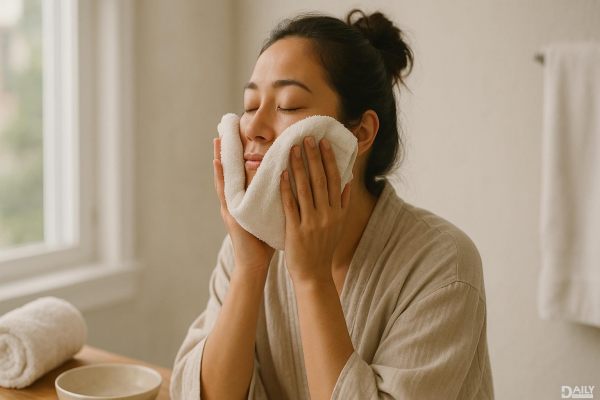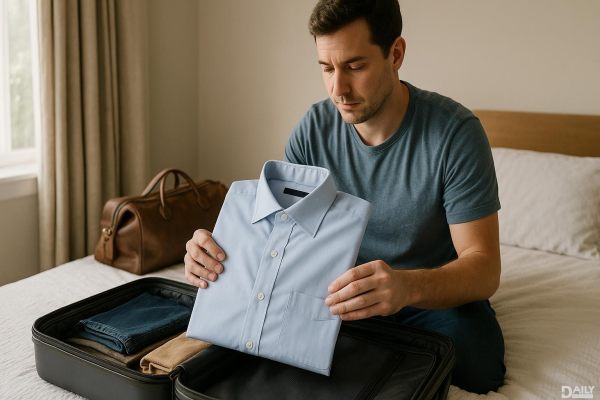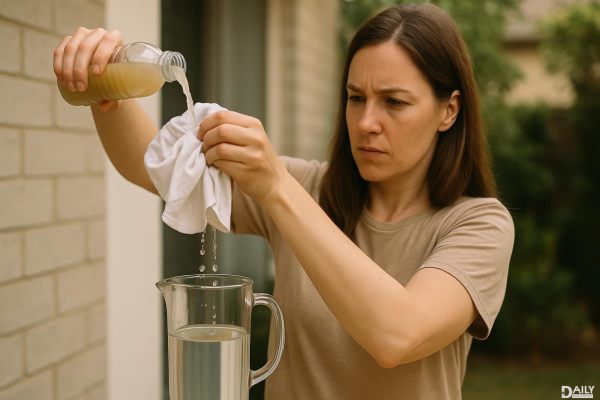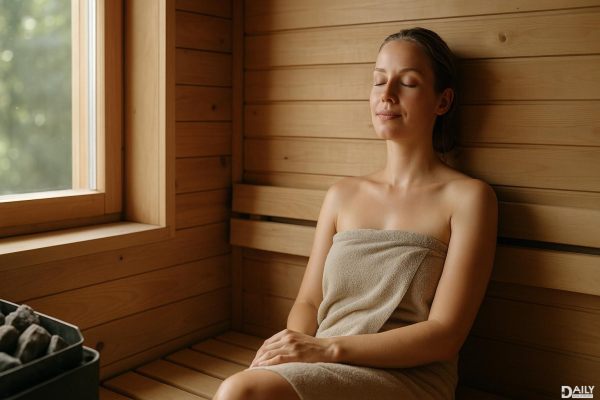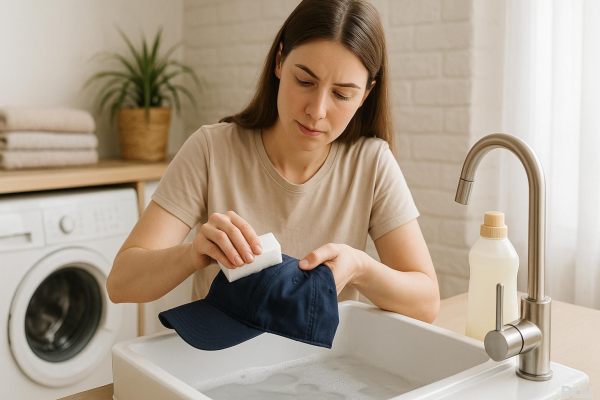That first time I woke up mid-orgasm was equal parts confusing and exhilarating. There I was, tangled in sheets with zero memory of any conscious sexual activity, yet my body was absolutely buzzing with pleasure. Turns out I'd joined the ranks of people who experience orgasmic sleep – a phenomenon that's way more common than most folks realize, yet rarely discussed outside hushed conversations or awkward Google searches at 3 AM.
The Science Behind Sleepgasms
Let's break down what's actually happening when your body decides to throw a pleasure party without your conscious RSVP. During REM sleep (that deep dream phase where your brain's running wild), your body enters a state called REM atonia – basically temporary paralysis that prevents you from acting out dreams. But here's the kicker: while your muscles are temporarily offline, your nervous system is wide awake and fully capable of experiencing sexual arousal. Dr. Tara explains it like this: "Your subconscious mind doesn't have the same filters as your waking brain. It's free to explore fantasies and sensations without judgment or inhibition." This explains why people often report their sleepgasms feel more intense than waking orgasms – there's no performance anxiety or distractions getting in the way of pure pleasure.
Gender Myths Debunked
If you grew up thinking wet dreams were exclusively a guy thing, prepare to have your mind blown. While research historically focused on male nocturnal emissions (thanks, patriarchal science), recent studies show that people across the gender spectrum experience orgasmic sleep. The difference? Presentation. "With people who have penises, there's often visible evidence in the form of ejaculation," Dr. Pham notes. "But clitoral and vaginal orgasms during sleep are just as common – they just don't always leave obvious physical proof." This visibility gap created the false narrative that women don't experience sleepgasms, when in reality many just don't realize that's what's happening when they wake up aroused.
The Dream Connection
Not all sleepgasms come with accompanying X-rated dream footage. While many people report vivid sexual dreams preceding their orgasm, others experience what sex therapists call "non-imagery orgasms" – pure physical pleasure without any dream scenario. Bhat explains this phenomenon: "Sometimes it's not about fantasizing about a specific person or scenario. The body can reach climax simply through accumulated sexual energy or even random physical stimulation during sleep." This might explain why some folks experience sleepgasms during periods of abstinence – the body finding its own release valve for built-up tension.
Triggers and Patterns
Through tracking my own sleepgasms (yes, I became that person with a pleasure spreadsheet), I noticed they cluster around certain times in my menstrual cycle. Turns out, there's science to back this up. Dr. Pham explains that hormonal fluctuations can increase both sexual dreams and physical sensitivity during sleep. Other common triggers include:
The Morning After
Waking up mid-orgasm can range from delightful to downright disorienting. Some mornings I'd lie there basking in the afterglow, other times I'd panic thinking "Did I just cheat on my partner with my subconscious?" (Spoiler: no.)
Bhat emphasizes that sleepgasms aren't conscious choices: "These experiences reflect your brain's processing, not deliberate actions. There's no moral dimension to what happens in your sleep." For partners who feel insecure about sleepgasms, she recommends framing them like any other dream – interesting brain activity, not secret desires.Enhancing the Experience
While you can't force a sleepgasm (trust me, I've tried), certain practices can create favorable conditions. Beyond the standard advice of erotic content before bed, consider these less obvious tips:
Temperature play: Sleeping naked or with lighter covers increases skin sensitivity
Sensory priming: Using scented lubes or wearing silky fabrics to bed
Dream journaling: Recording regular dreams can increase dream recall, including sexual ones
Pelvic exercises: Strengthening PC muscles may intensify sleep orgasms
When to Seek Help
While orgasmic sleep is generally harmless, there are rare cases where it signals underlying issues. Dr. Pham advises consulting a doctor if: For most people though, the occasional sleepgasm is just your body's way of saying "Hey, I've got your back (and your front) when it comes to pleasure."
Looking back on that first confusing-but-awesome experience, I realize my sleepgasm wasn't just a random event – it was my body reminding me that pleasure exists beyond conscious effort. These days when it happens, I simply say thanks to my subconscious for the freebie and go about my day with a little extra spring in my step. After all, in a world full of stressors, who couldn't use more unexpected joy – even if it comes with some extra laundry?
